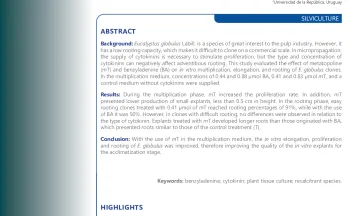Co-innovation and socio-technological niche development: The case of livestock farming on natural grassland in Uruguay.

ABSTRACT.- Achieving sustainable food and nutritional security requires a transformation of the existing agrifood system. In livestock farming based on natural grassland in Uruguay, an ecological intensification strategy could play a radical role in the transition towards more sustainable systems. This study analyzes the continuity of interconnected projects that used co-innovation approaches to promote and evaluate ecological intensification strategies over a period of 15 years (2004-2019).

